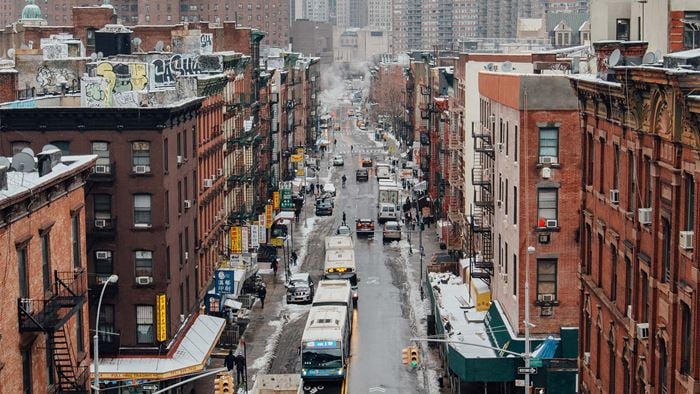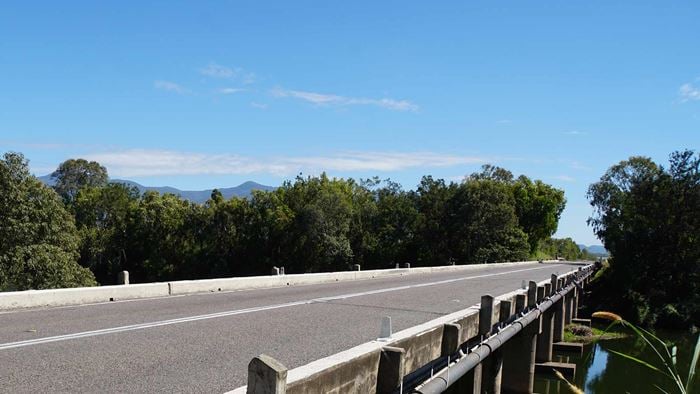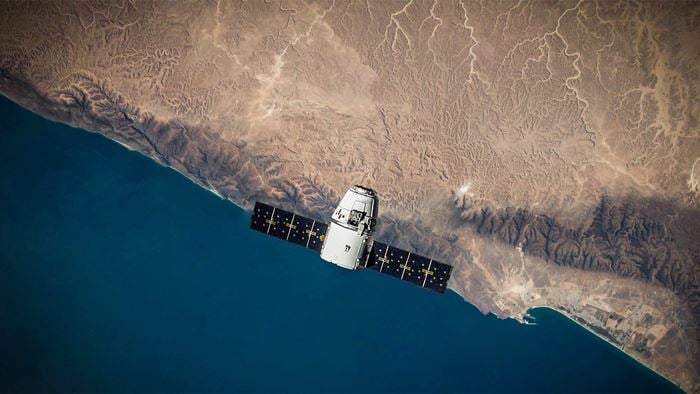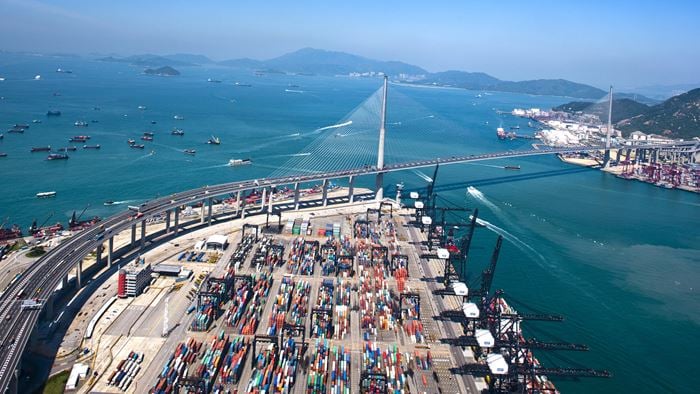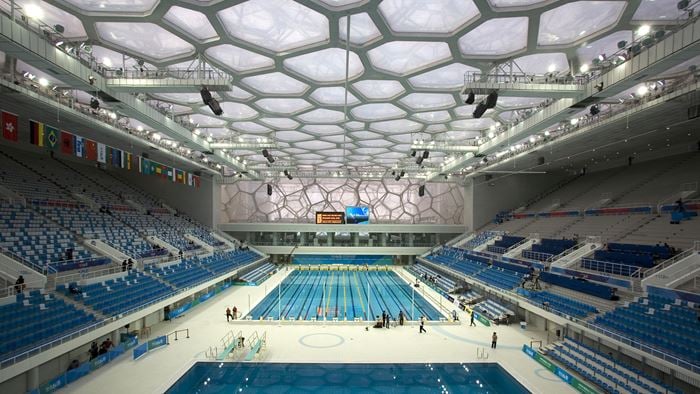Enhancing regional connectivity in the west of Ireland by improving safety and reducing journey times were the driving forces behind the design and construction of the M17/M18 motorway in Galway.
The toll-free highway, which was procured as a public-private partnership (PPP), is designed to improve journey times, bypassing several traditional traffic chokepoints such as Tuam, Claregalway and Clarinbridge.
Part of the Atlantic Corridor, the motorway combines three road schemes totalling about 57km in length. These had been taken separately through the planning process.
Arup engineers, working in joint venture with Barry Transportation (formerly Halcrow Barry), were the designers for the scheme with Arup covering approximately 30km of the southern section. We delivered significant design features, including Rathmorrissy Junction, Ireland’s first three-level stacked motorway to motorway interchange, as well as the ‘green bat bridge’ at Coole Green.
Project Summary
57km combined motorway scheme
3level stacked interchange
>30minute reduction in journey time from Tuam to Limerick
Strengthening Ireland’s Atlantic Corridor
Arup designed an innovative interchange to link the new M17/M18 motorway with the existing M6 Galway-Dublin motorway. Rathmorrissy Junction is Ireland’s first three-level motorway to motorway interchange and features the existing M6 at the base, a new connecting roundabout in the middle, topped by the new M17/M18 motorway above.
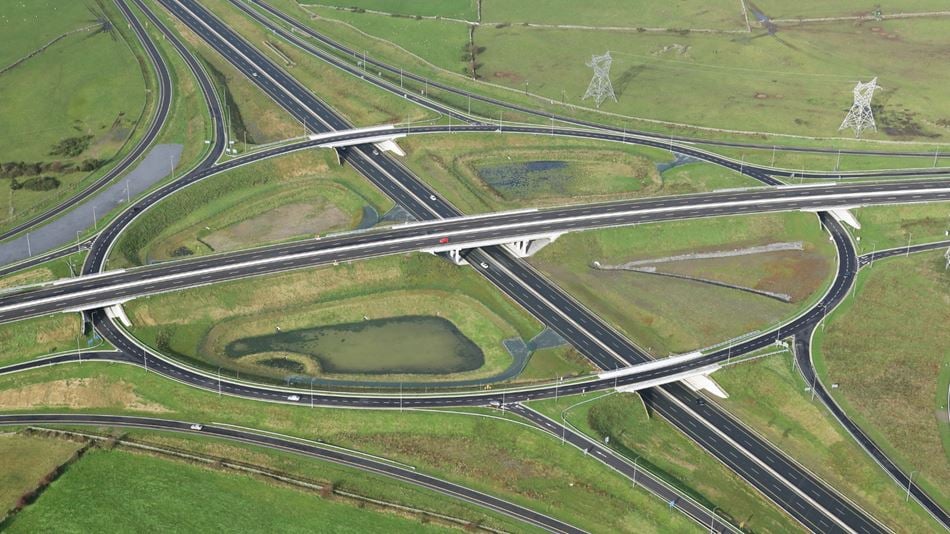
With three motorway overbridges, two motorway underbridges, four free-flow link roads and eight slip roads, this interchange posed a significant design challenge for Arup. Sustainability is at the heart of our design ethos, so we understood the importance of minimising the amount of building materials, including rock, required to build this vast oblong junction, the longest in the country.
Significant work was put into optimising the alignment design to reduce embankment heights, in conjunction with the geotechnical design for steepened slopes, to greatly reduce the volume of material needed for construction. More than 500,000m3 of granular fill was used in the construction of the associated embankments alone, providing a saving of approximately 100,000m3 of material when compared with the specimen design.
“Together with the other members of the design team, we were delighted to address the unique challenges posed by this project. This new motorway plays a vital role in enhancing connectivity along the Atlantic Corridor. ”
Emer O’Dea Associate Director
The Coole Green Bridge’s precast arched structure acts as a ‘green bridge’ over the mainline, enabling the protected lesser horseshoe bat to fly between the habitats on either side of the motorway. Photo credit: Barrow Coakley Photography
Coole Green Bridge: a green link for local wildlife
A number of wildlife-friendly features were incorporated into the design due to its proximity to the Coole Park Nature Reserve, which acts as a feeding ground for Ireland’s protected Lesser Horseshoe Bat. Arup designed the Coole Green Bridge’s precast arched structure to act as a ‘green bridge’ over the mainline, enabling the protected lesser horseshoe bat to fly between the habitats on either side of the motorway.
The bridge was planted with hedgerow lines, which the bats follow as they navigate, guiding the bats to and from the feeding grounds to a roosting site near Kiltartan Cave. Without this bridge, the motorway would cause a gap of 60 metres, fragmenting the protected species’ habitat.
Karst risk assessment and local watercourses
With previous experience of designing in karst regions on projects including the Tralee bypass, Arup ensured that thorough risk assessment and remediation took place before construction began. Karst terrain, identifiable by its characteristically weathered limestone, poses geotechnical challenges in the form of sinkholes and caves.
After carrying out several karst risk assessments and collating several sources of information in GIS, our engineers assigned appropriate design solutions including backfilling with granular material and the use of geotextiles. The use of a karst protocol to aid the site supervision team in assessing the karst features encountered enabled a reduction in the requirement of blanket geotextile covering the scheme from 95% to less than 20% for the southern section of the scheme.
The presence of a regionally important aquifer along the route, feeding adjacent Special Areas of Conservation (SACs) and protected habitats as well as providing a source for local group water schemes, meant that the drainage design for the entire M18 and large portions of the M17 required a sealed drainage system. The lack of surface water systems along the route meant that a design solution consisting of attenuation ponds discharging to watercourses was only possible on 3 out of 19 mainline networks. The remaining networks discharge to ground via infiltration basins, with each pond location tested to establish the infiltration rate.

Working together to deliver ahead of time
Arup, in a joint venture partnership with Barry Transportation, formed the Design Joint Venture to deliver the design services. The three delivery partners were John Sisk & Son, Lagan Construction Group Ltd. and Roadbridge. The PPP scheme was split into three geographic sections with each section constructed by a different delivery partner.
Arup delivered the design for the southern section working with Lagan Construction Group Ltd. and half of the central section working with John Sisk & Son. Barry Transportation and Roadbridge worked on the northern section. With a planned opening during the first quarter of 2018, the project was delivered months ahead of schedule, with the motorway opening to traffic on 27 September 2017.
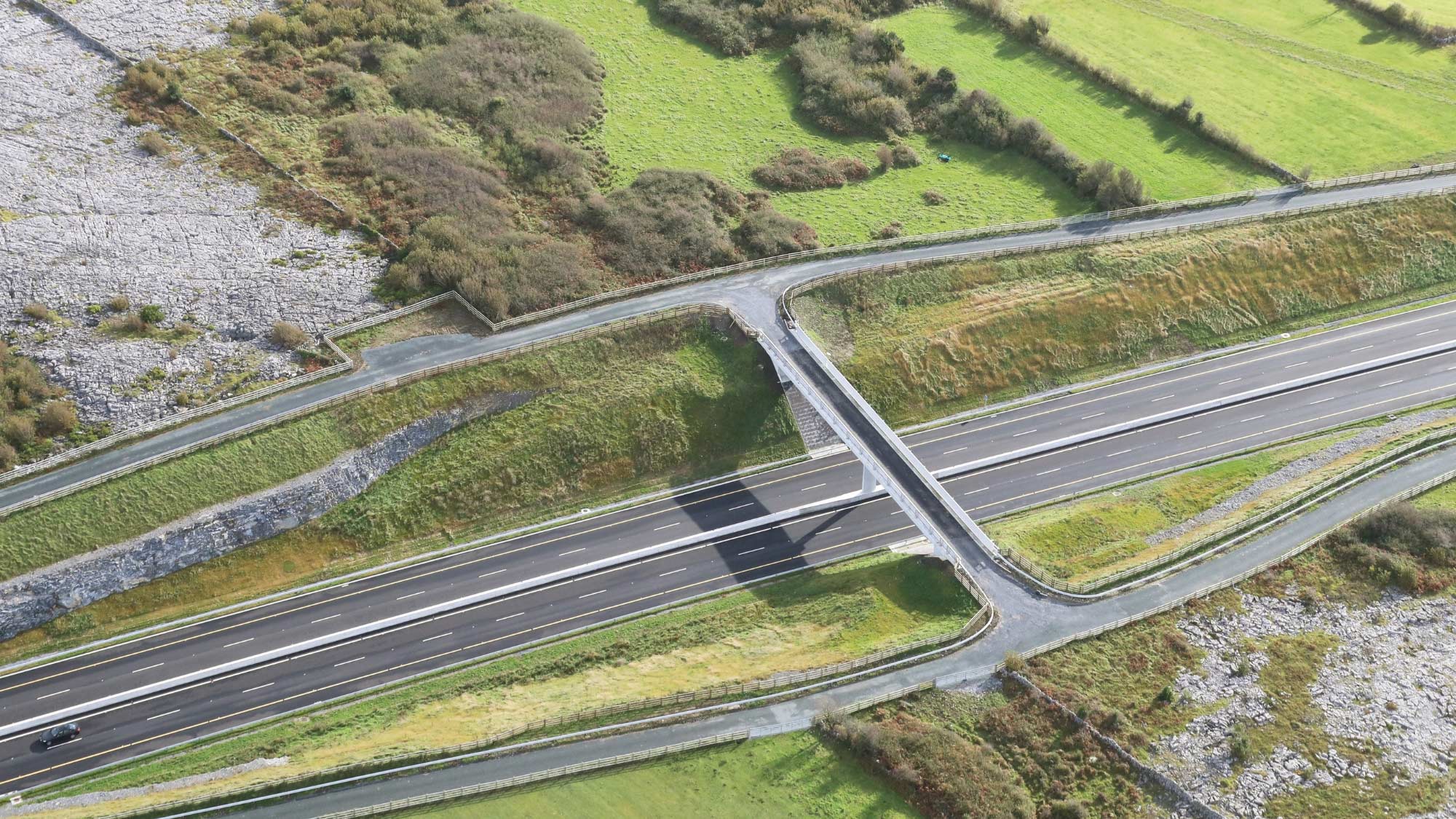 ;
;


